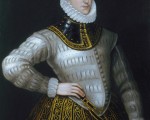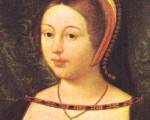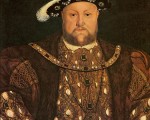On this day in history, 17th October 1586, the poet, courtier and soldier, Sir Philip Sidney, died as a result of an injury inflicted by the Spanish forces at the Battle of Zutphen in the Netherlands. His body was returned to England and laid to rest on the 16th February 1587 in St Paul’s Cathedral.
Philip Sidney was born on the 30th November 1554 at Penshurst Place, Kent. He was the eldest son of Sir Henry Dudley and Lady Mary Dudley, sister of Elizabeth’s favourite, Robert Dudley, Earl of Leicester, and daughter of John Dudley, the Duke of Northumberland. Sidney was educated at Shrewsbury School, where he met Fulke Greville, and Christchurch, Oxford, and in 1572 he was chosen by Elizabeth I to undertake an embassy to France to negotiate a marriage between the Queen and the Duke of Alençon.
[Read More...]


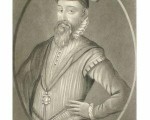
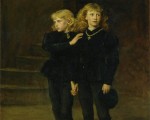
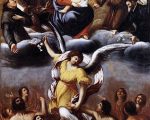

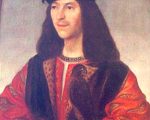
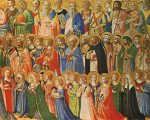
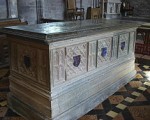
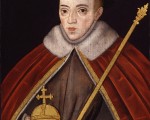

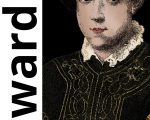
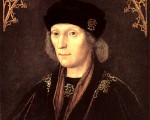
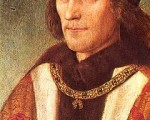


 Here is a reminder of our expert live-chats programme for today's Tudor Society Open Day. Just head on over to the
Here is a reminder of our expert live-chats programme for today's Tudor Society Open Day. Just head on over to the 
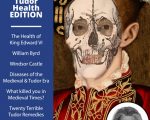


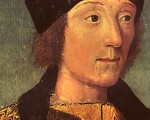
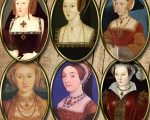
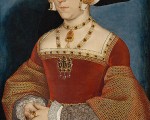
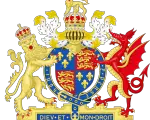
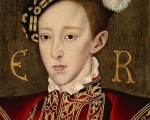
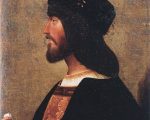
 I had the pleasure of sharing a table with Samantha Morris, author of Cesare Borgia in a Nutshell at the Evening with the Authors event in London recently and her enthusiasm for the Borgia family is infectious. I know they're not Tudor, but they're fascinating and are another family that is surrounded by myth and controversy, and that has larger than life characters.
I had the pleasure of sharing a table with Samantha Morris, author of Cesare Borgia in a Nutshell at the Evening with the Authors event in London recently and her enthusiasm for the Borgia family is infectious. I know they're not Tudor, but they're fascinating and are another family that is surrounded by myth and controversy, and that has larger than life characters. 
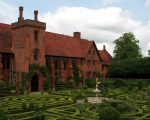
 On this day in history, the 18th October 1555, Elizabeth, daughter of Henry VIII and Anne Boleyn, finally received permission from her half-sister, Mary I, to leave court and travel to her own estate at Hatfield, rather than return to house arrest in Woodstock.
On this day in history, the 18th October 1555, Elizabeth, daughter of Henry VIII and Anne Boleyn, finally received permission from her half-sister, Mary I, to leave court and travel to her own estate at Hatfield, rather than return to house arrest in Woodstock.